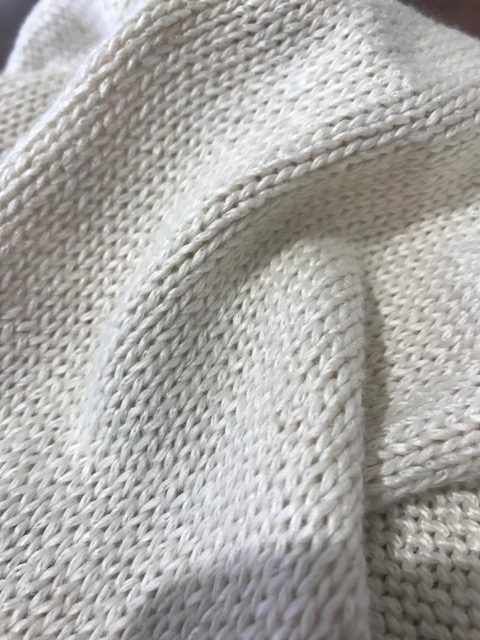
前一篇文章
About mercerization / mercerize finish
2018年12月21日
KNIT MAGAZINE
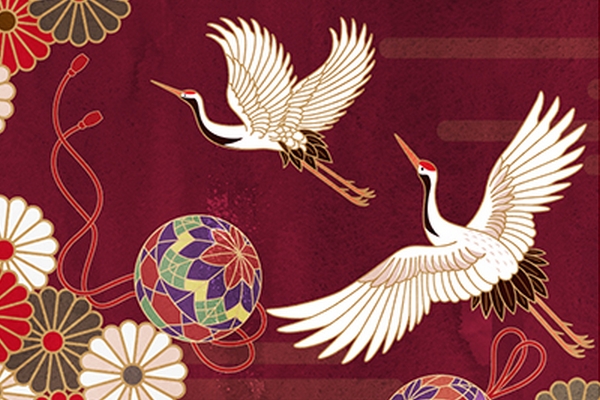
Good morning ~ ヾ (o´ ヮ `) ノ ☆ 彡 Maruyasu Yarn is an office work Ogura ^^ ♬
Happy New Year ヽ (´ ▽ `) / ☆ 彡
This is his first blog in 2019 ^^
Recently, I’m Ogura, who is addicted to YouTuber videos ^^ There are many really versatile people, and it is not uncommon for them to study. You may have the impression that you are doing strange things, but it is surprising that some of the people who are popular are (excuse me?) There are quite a lot of videos with morals ^ ^
By the way, the New Year is over in a blink of an eye ^^; Recently, the number of people who wear kimono on the New Year has really decreased. Even so, when I go to Hatsumode, people in kimono are flirting, and I think it’s okay to wear kimono. At the time of my seijin-shiki, I remember renting a kimono with rental costumes from New Year to the seijin-shiki and spending both the New Year and the seijin-shiki in kimono. At first, wear a red kimono! !! !! However, I remember comparing several kimonos and finally deciding on a kimono with a deep green color, which can be said to be the opposite. .. ..
So, this time I checked the pattern of the kimono \ (^ o ^) /
Saaya type (Yagata / Sayagata)
The swastika mark is broken diagonally and connected in succession. It is said that this name was given because it was used as the ground pattern of the textile “Saaya” that was introduced from the Ming dynasty in China.
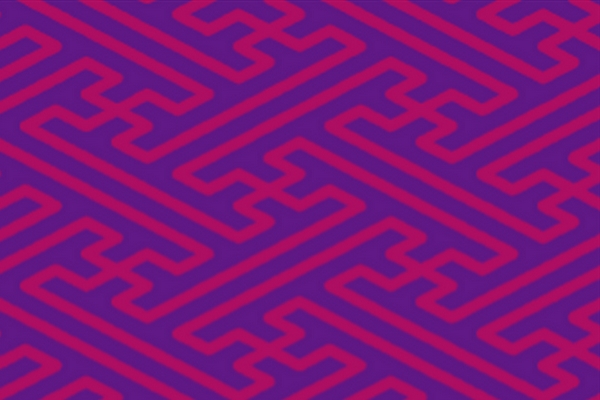
ortoise shell
A geometric pattern that connects regular hexagons vertically and horizontally. It is called “turtle shell” because it resembles a turtle shell. Like a crane, a turtle is a symbol of longevity and is often used as an auspicious pattern.
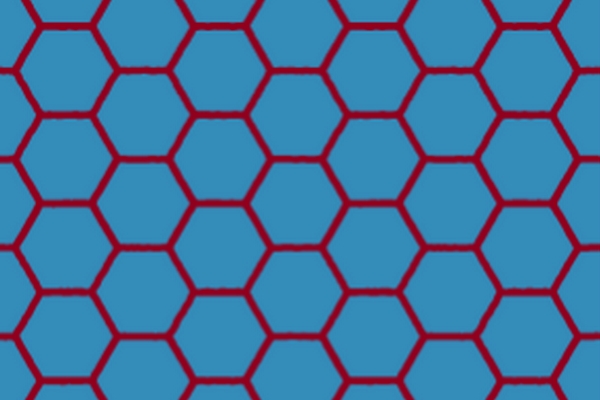
Crane
Crane is a mysterious and auspicious bird that means “richness of vitality” and “longevity”. It has been chosen as a kimono pattern for celebrating happiness. Cranes are the only animals that will live with you once you become a married couple. It is recommended for weddings because it also means that the couple will stay close to each other until the child leaves.

Peony
The peony flower, the king of hundreds of flowers, means “happiness,” “richness,” and “noble.” The reason for this is that large, beautiful flowers bloom from small round buds.
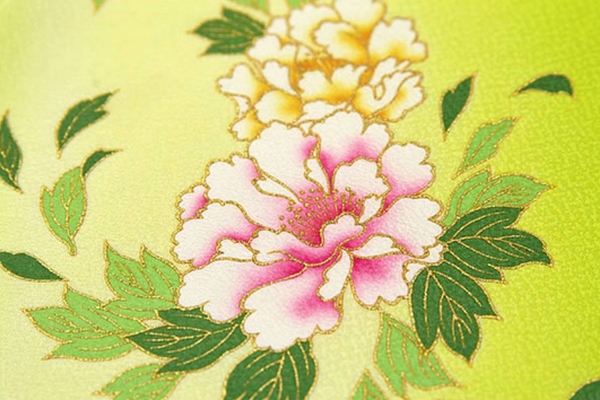
Fan
The handle of the fan is preferred because it has a wide tip and a wide future prospect. It is said to be a lucky charm, and it is a lucky pattern that wishes for development and prosperity.
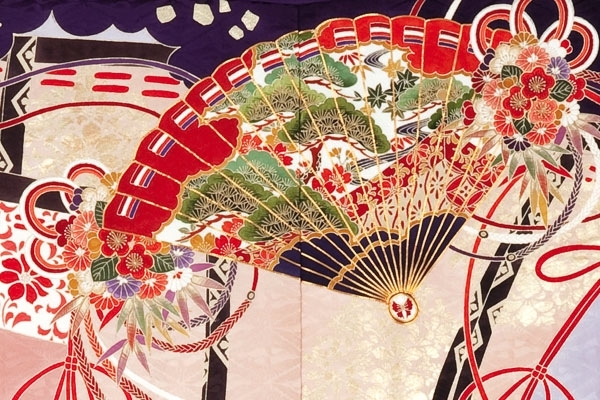
Ichimatsu
In the middle of the Edo period, the Kabuki actor “Sano Ichimatsu’s costume was this pattern. The pattern of the kimono became widespread, and it is said that it became a checkered pattern after the name of the Sano Ichimatsu that was worn.
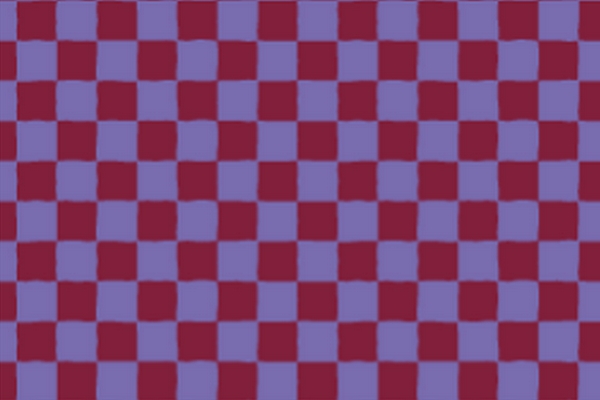
Qinghai wave
A geometric pattern that resembles a fan-shaped shape as a wave. It is a wish that a calm life will continue forever like the calm waves of the ocean.
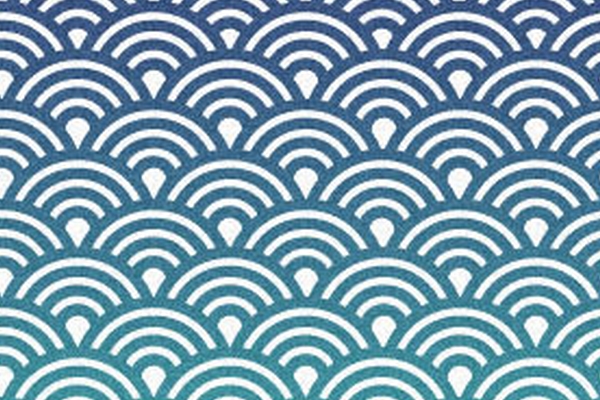
Cloisonne
A pattern in which circles are stacked in quarters. It expresses the seven treasures, and the circle represents peace. It is preferred as a sign of wealth and infinite prosperity of descendants.
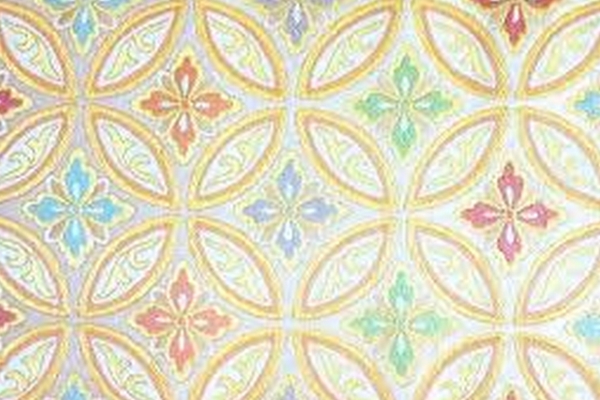
Yagasuri and Yaha Kasuri
A stylized arrangement of arrow wings. The kimono for the graduation ceremony is famous.
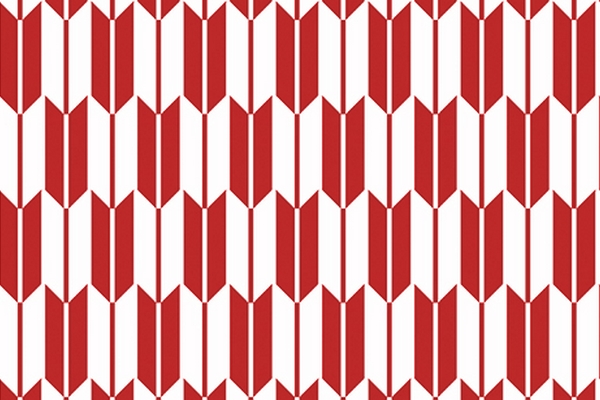
Tatewaku
It expresses the appearance of steam rising by making the two curves squeaky.
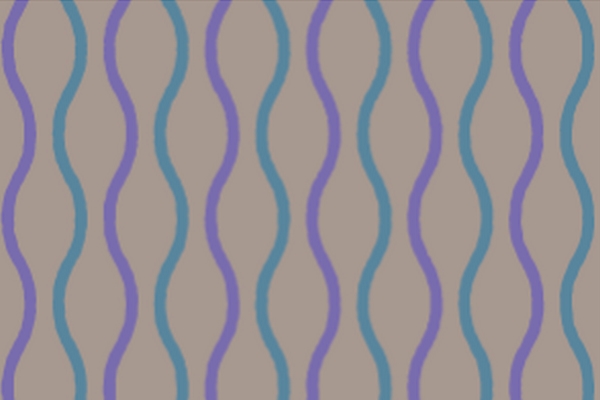
Scales
A pattern in which triangles are arranged in a row. It is called a scale because it resembles a fish scale. Since it is a pattern that protects against evil, it seems that there are many hidden places such as long undershirts
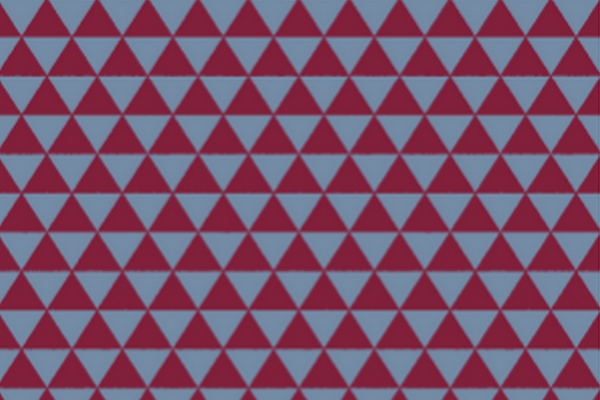
Plum
Plum blossoms that endure the harsh winter and show a beautiful appearance in the later spring. A beautiful yet powerful flower that represents “patience” and “beauty”. Actually, Ume also contains a prayer for safe delivery from the kakekotoba of “birth”.
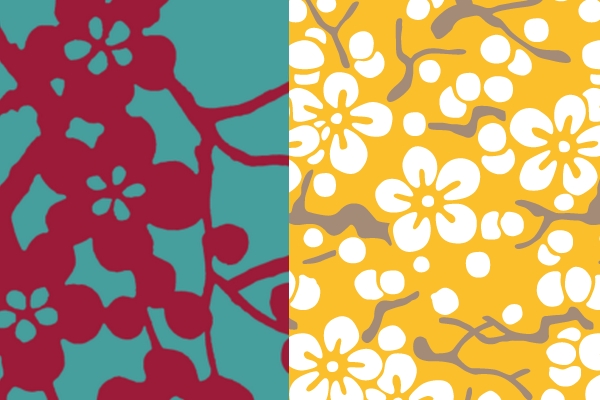
Marumon
Since the circle has neither a start point nor an end point, it is an auspicious pattern that represents infinity. There are various patterns such as mirror patterns and flower circles that draw flowers in a circle. It is preferred for bridal gowns because it leads to a “circle = edge”.
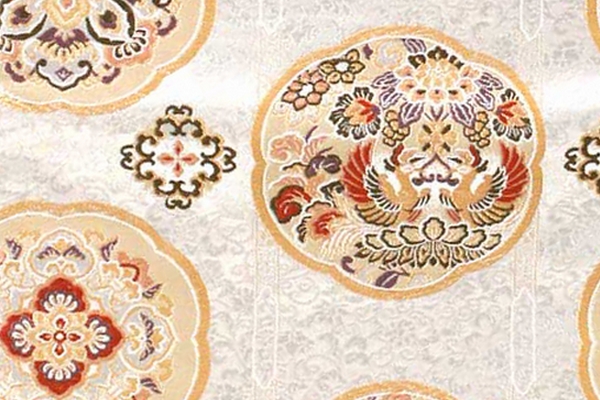
Hanamarumon
It is a pattern in which flowers are arranged in a circle, or a pattern in which flowers are placed inside a circle.
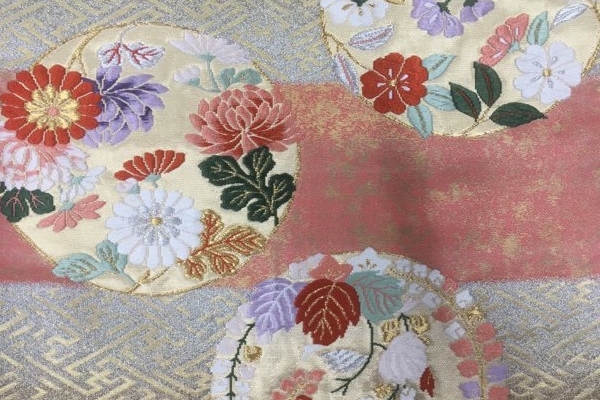
Noshi
It is based on an offering to the god called Noshi, and has long been regarded as a lucky charm as a continuation of longevity. Many of them have gorgeous patterns drawn in the elongated strip shape.
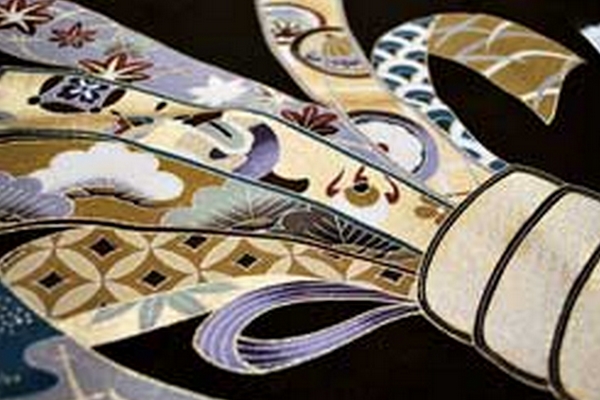
Gosho cart
An aristocratic vehicle used around the Kyoto Imperial Palace, another name for an ox cart. Representative of classic and elegant patterns. The Gosho-cart, which was a noble vehicle during the Heian period, has a pattern that expresses wealth and gorgeousness, as it looks, and is often depicted on kimono.
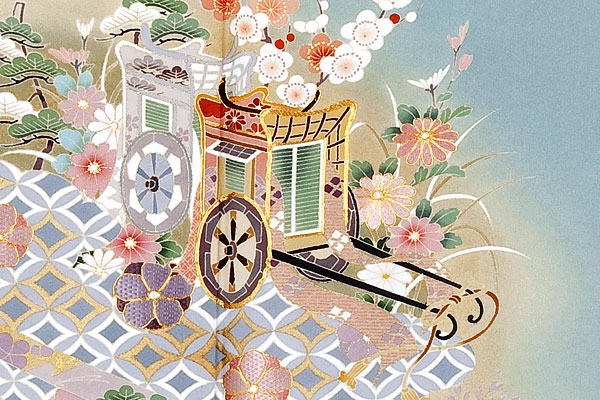
Sakuramon
Sakura has been loved by Japanese people since the Heian period. It is a tree where the god of fertility of five grains dwells, and it also means abundance. Sakura’s “sa” means rice, and “kura” means the seat where the god dwells. A cherry blossom viewing party is held in hopes of a good harvest, and a cherry blossom pattern is drawn at that time. Although it is a spring flower, it can be worn regardless of the season. Sakura, which is also the national flower of Japan, is a pattern that means a new beginning because it blooms in spring, which is the beginning of the season.
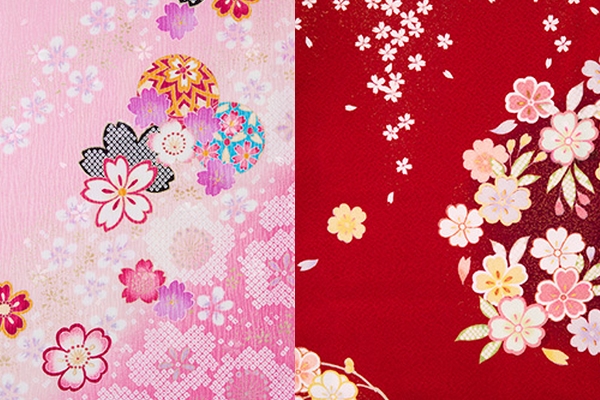
Phoenix
A legendary bird that has been handed down from ancient China. It is said to be a Mizutori that appears when a peaceful and happy world is realized, and because it has a splendid and graceful appearance, it is a pattern that has been widely and long-loved since the Asuka period.
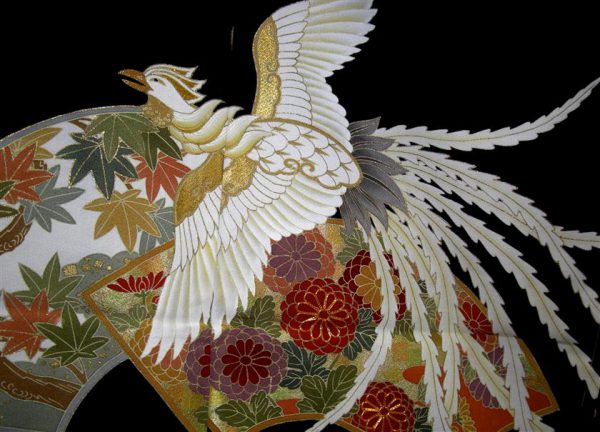
Chrysanthemum
It looks beautiful and has a fragrant scent, so it is a perfect flower for kimono. A typical flower that symbolizes longevity. In addition to being a symbol of longevity, chrysanthemums are also characterized by having various meanings such as disease-free breathing, wickedness, and mental and physical stability. Often combined with rhombuses and circles. Chrysanthemums are considered to be autumn flowers, but they can be used regardless of the season. Since the round shape is reminiscent of the sun, it is used as the highest flower in the floral pattern.
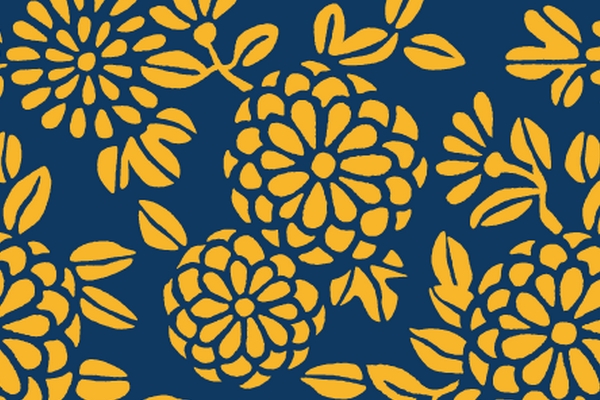
Shochikubai
“Pine” that keeps green even in the cold, “Bamboo” that grows straight and lush even in the cold, and “Plum” that blooms quickly from the cold of winter are called “Three Friends of Winter” and have been revered for a long time. rice field. It is said to be an analogy to keep moderation even in the face of adversity, and it has been indispensable for celebrations in Japan since ancient times.
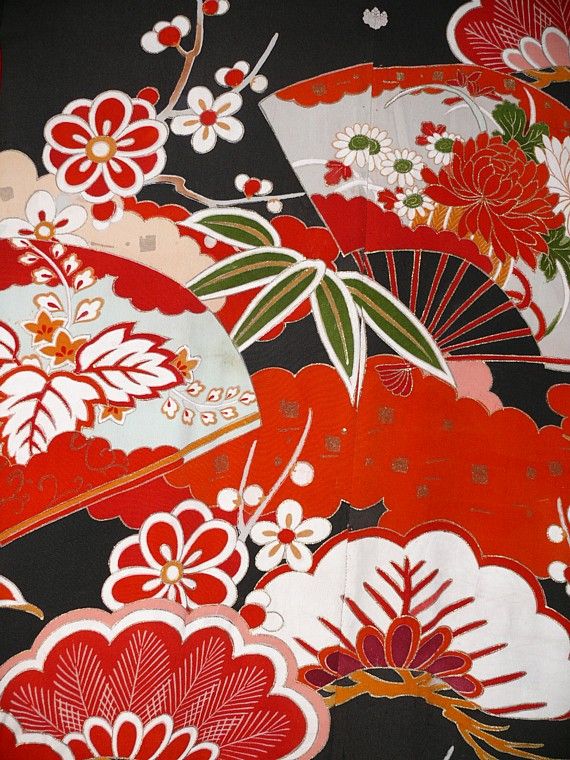
Asanoha
A geometric pattern often used in kimono patterns, which is a hexagonal design of hemp leaves. Since hemp leaves grow fast, they are often used to pray for the growth of children so that they can grow up quickly. In addition, hemp leaves themselves are said to have the property of dispelling evil spirits, so they have the meaning of amulets.
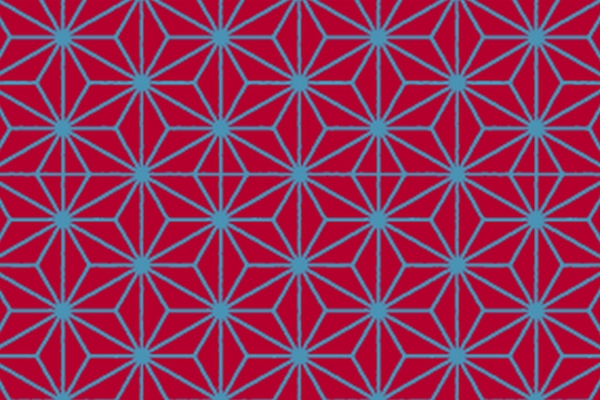
Butterflies
It is said to represent the beauty of women because it transforms beautifully from larvae to adults. In addition, the meaning of longevity is also included in the meaning of “longevity” from the reading.
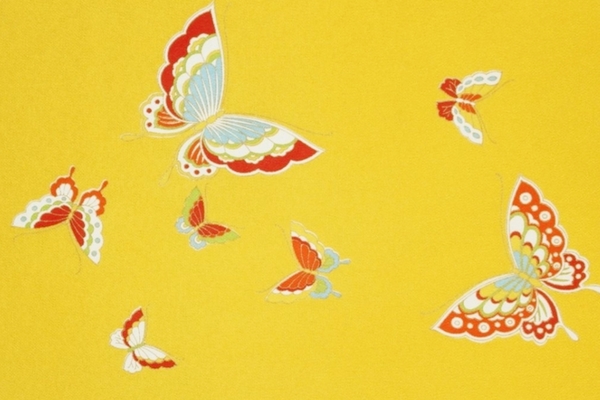
Kanzesui
A pattern that expresses the swirling flow of water.
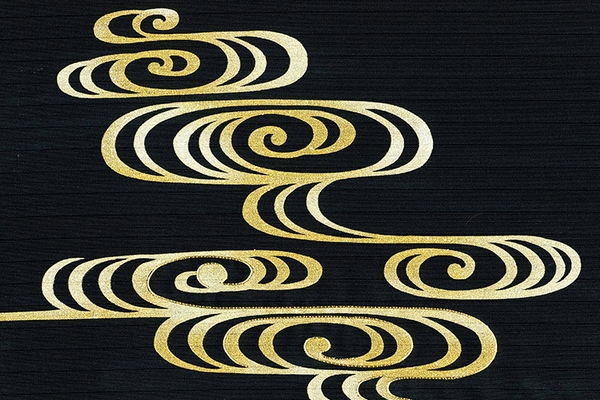
Yukiwa
A pattern with a snowflake motif.
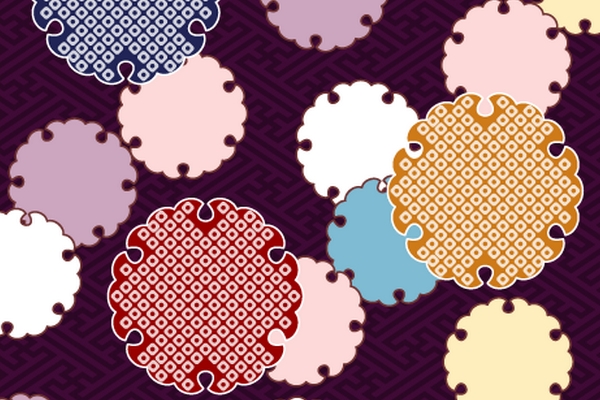
Wisteria
Since ancient times, the purple color of wisteria flowers has been regarded as a noble color in Japan. Wisteria has strong fertility and has been regarded as a symbol of longevity and prosperity of descendants because it grows while being entwined with other trees. In addition, “Fuji” has been incorporated into names and family crests for a long time because it leads to immortality.
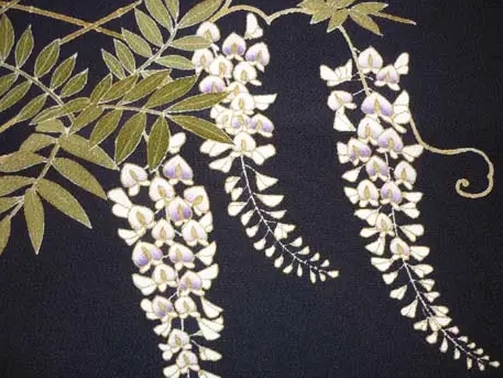
What did you think? I introduced only a part of the pattern, but it was fun just to look at it ~ ♦ ♫ ♦ ・: … ♦ ♫ ♦ ゚ ¨ ゚ ・ *: … ♦
If you know the meaning of the pattern, wouldn’t it be fun to imagine when you see a person in a kimono, “Oh! Is that pattern a wedding?”ヽ (* ´∀ `) ノ ♡